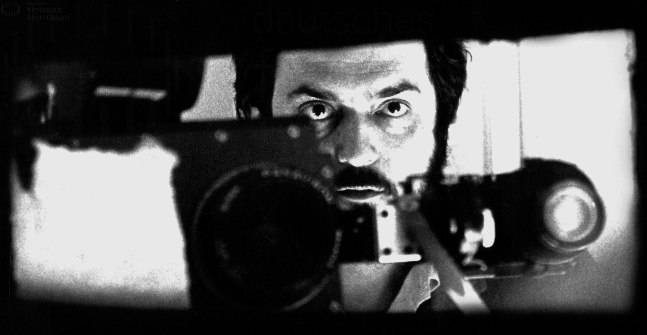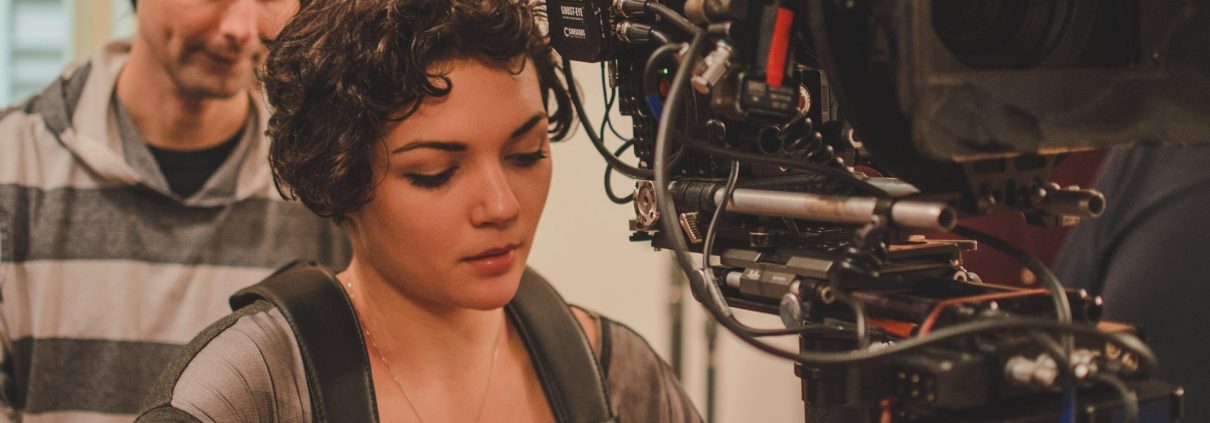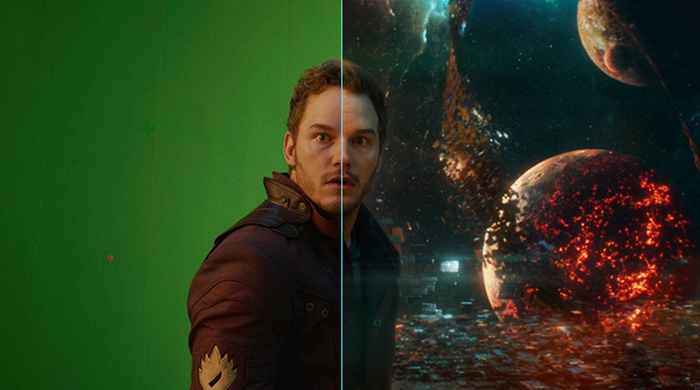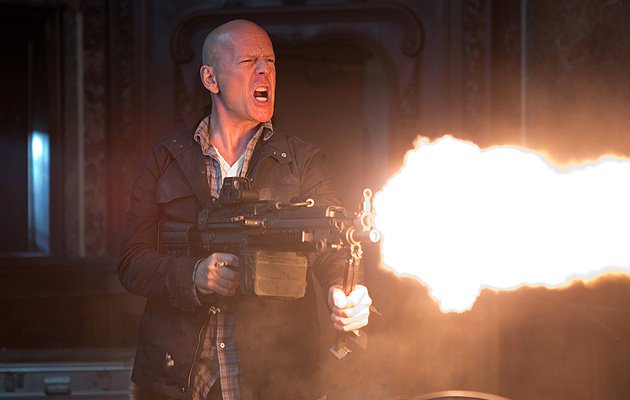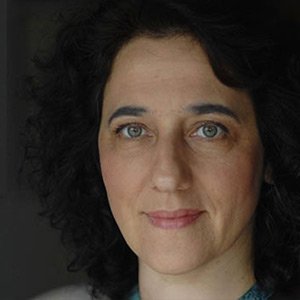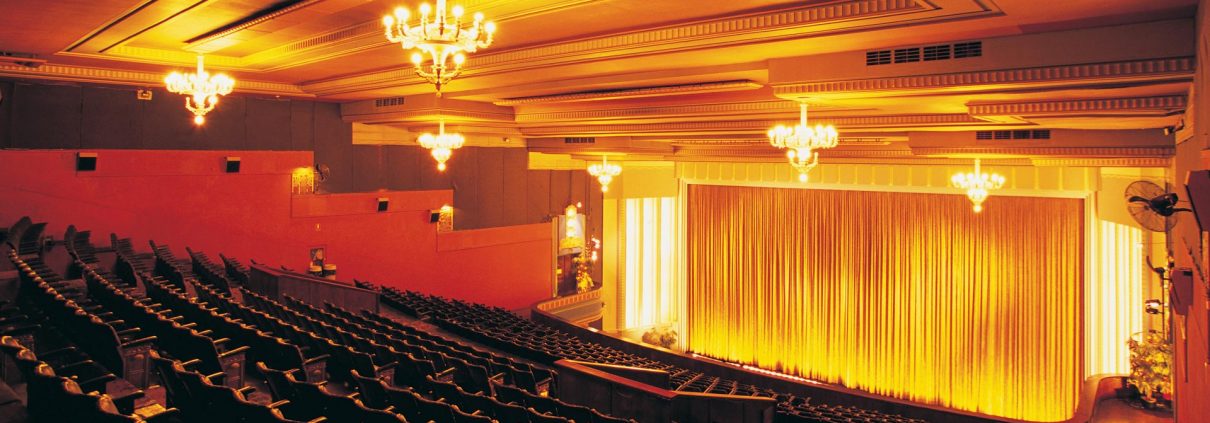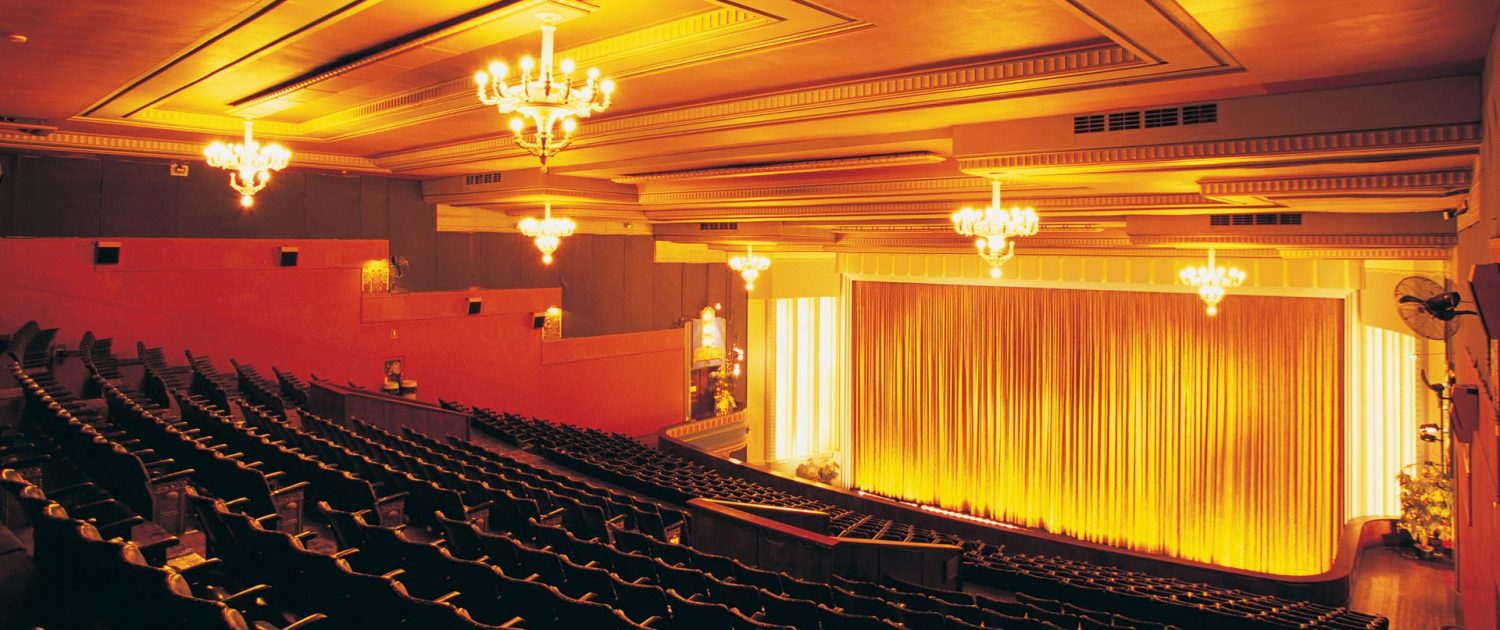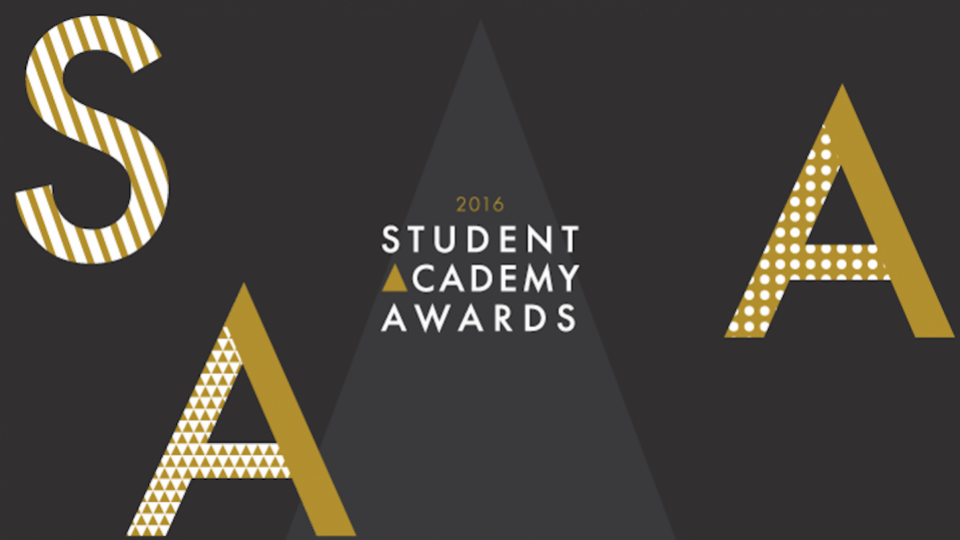
By Christopher McKittrick
Academy Awards aren’t just for established, working filmmakers — why not win one while still in film school?
The Student Academy Awards (originally named the Student Film Awards) is the Academy of Motion Picture Arts and Sciences award ceremony recognizing excellence in student films.
Though there’s an extensive list of rules to apply for the competition, students should consider submitting their work to the Student Academy Awards because the field is only open to film school students – unlike festivals, which are open to the general public. Also unlike festivals, there is no entry fee to submit. Most importantly, many winners have had subsequent professional success in film and television. As a result, the Student Academy Awards are closely watched by the industry for upcoming talent.
The number of awards and their specific names have changed significantly over the years. Today there are four main categories: Narrative (named “Dramatic” until 1999), Animation, Documentary, and Alternative. There are also International Awards for the Narrative, Animation, and Documentary categories.
Here’s how three of the most notable winners in each of the Narrative/Dramatic, Animation, and Documentary categories went from their earlier success to acclaimed careers in entertainment:



